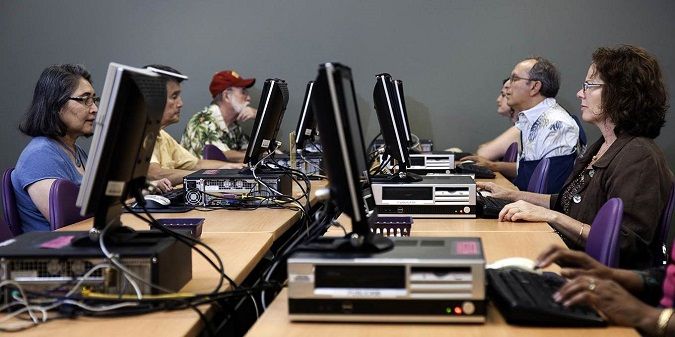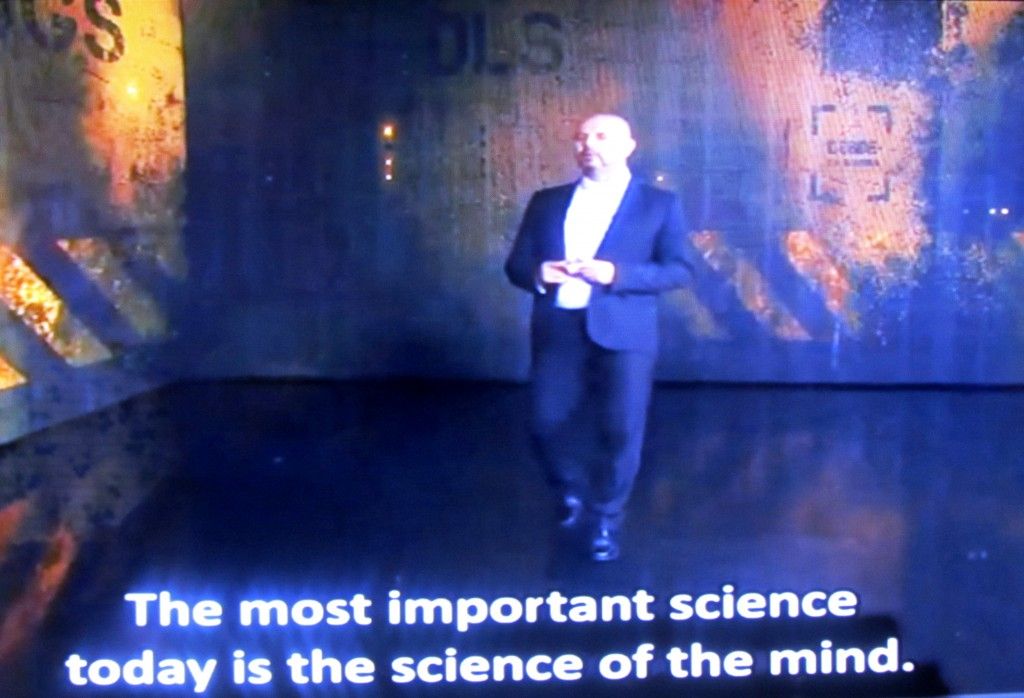University of British Columbia researchers have found a cheap, sustainable way to build a solar cell using bacteria that convert light to energy.
Their cell generated a current stronger than any previously recorded from such a device, and worked as efficiently in dim light as in bright light.
This innovation could be a step toward wider adoption of solar power in places like British Columbia and parts of northern Europe where overcast skies are common. With further development, these solar cells—called “biogenic” because they are made of living organisms—could become as efficient as the synthetic cells used in conventional solar panels.





